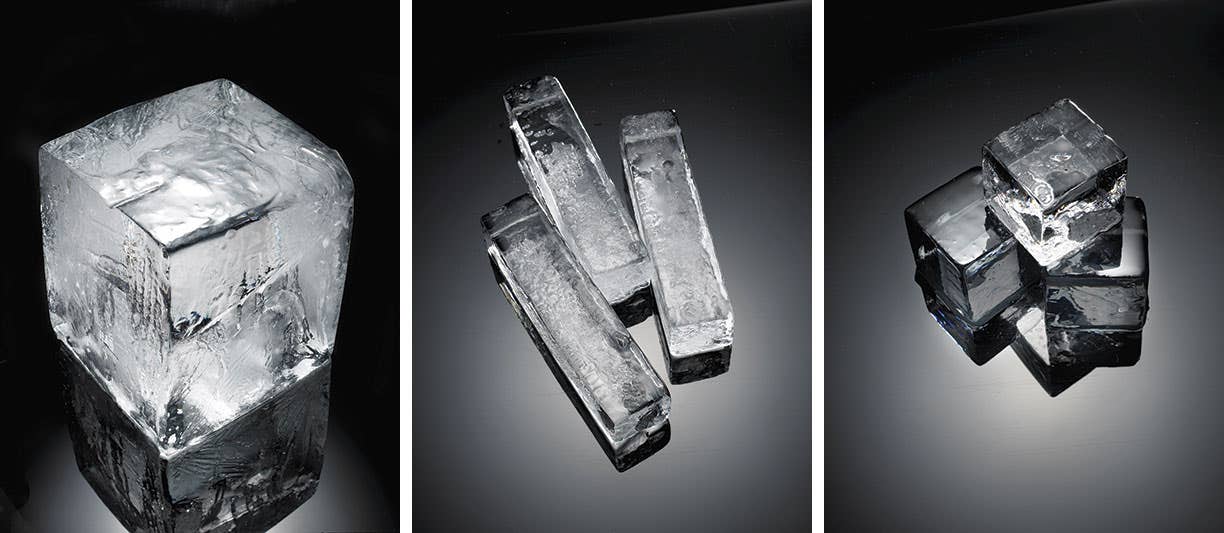
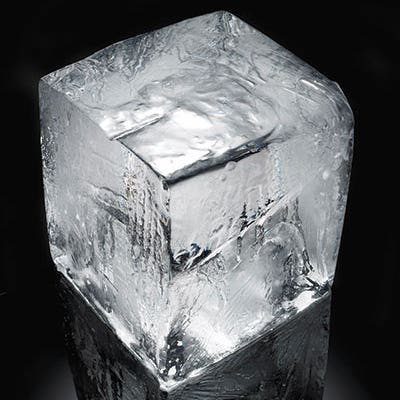
A collins, rocks clinking in the glass; an old-fashioned puddling around one large cube: Ice is so integral to drinks that it's hard to believe that it only came into common use in the early 1800s. That's when a Bostonian named Frederic Tudor started cutting slabs from his father's pond to ship to warmer climes. Soon cocktails, which had been blended and mellowed with water, got colder. Bartenders chiseled blocks of frozen pond water, and the shapes they made inspired new drinks: cobblers for pebble-like “cobblestone” ice; juleps for shaved ice.
Indeed, much of the difference between a slowly sipped drink like a whiskey sour and a gulpable one, such as a mojito, lies in the shape and size of the ice, which controls the drink's temperature and speed of dilution. Ice also offers an aesthetic choice, propping up the garnish or providing a crystal-clear block through which you can read the text on the coaster.
There are endless possibilities with an ice block, which can be carved into cubes, spheres, and other shapes. With a few tools and some practice, you can butcher an ice block nearly as handily as those 19th-century barkeeps did.
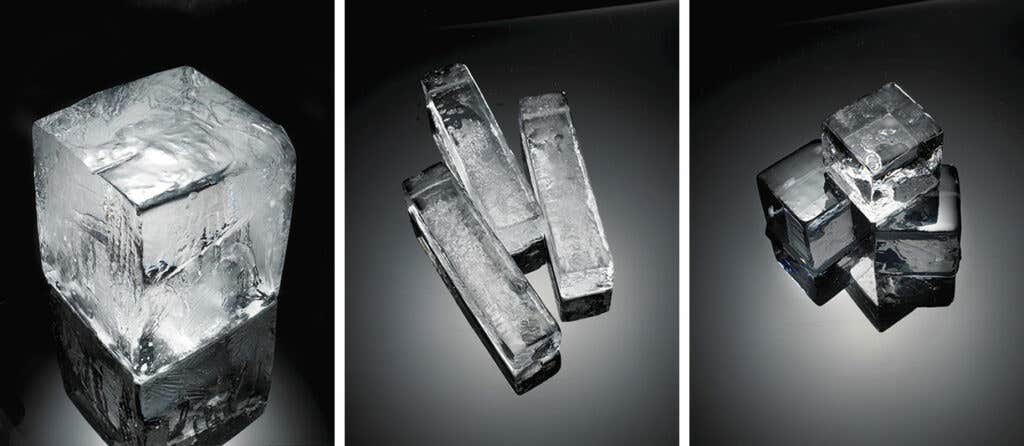
Start with a 10-inch-square ice block (left). Allow it to temper—to warm until its exterior defrosts, becoming clear. Using an ice pick, score a ¼-inch-deep line across the middle of the block. Place the pick in the center of the line and tap on it with a mallet. The block should split down the middle. Repeat on smaller slabs until you have a long rectangular spear (center) good for tall drinks. Continue splitting the ice into big cubes (right), 2 or 3 inches square, for stirred cocktails like the old-fashioned.
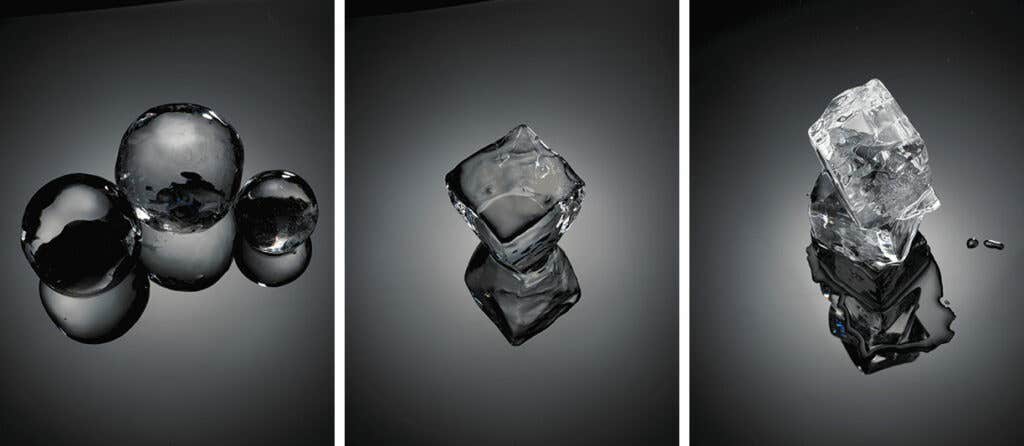
Other shapes are more advanced. Experts carve an ice sphere (left) by rotating a 3-inch-square cube in one hand while scraping off the corners with a sharp knife, carving it as they would peel an apple. (A safer option is to use a spherical ice mold). Japanese bartenders go further, using excellent knife skills and razor-sharp blades to carve big cubes into diamonds (center). Both are good for straight spirits and stirred drinks. Ice chunks (right) that break off during butchering can be used to cool shaken and stirred cocktails before straining them. Scoop up any roundish cobblestones for cobblers that call for slower dilution.
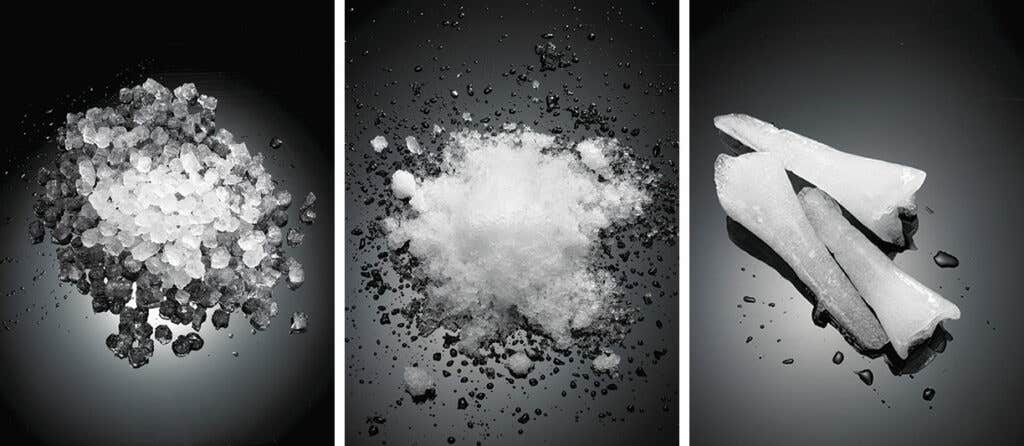
Put larger chunks in a canvas bag or a kitchen towel and whack them with a mallet or use a hand-cranked ice crusher to make crushed ice (left) for frosty summer drinks. For shaved ice (center) for juleps, scrape a block with an ice shaver, paring knife, or chisel. Pack crushed or shaved ice into frozen molds to reform it into shapes like** ice cones** (right), half-spheres, and snowballs.
Keep Reading
Continue to Next Story










